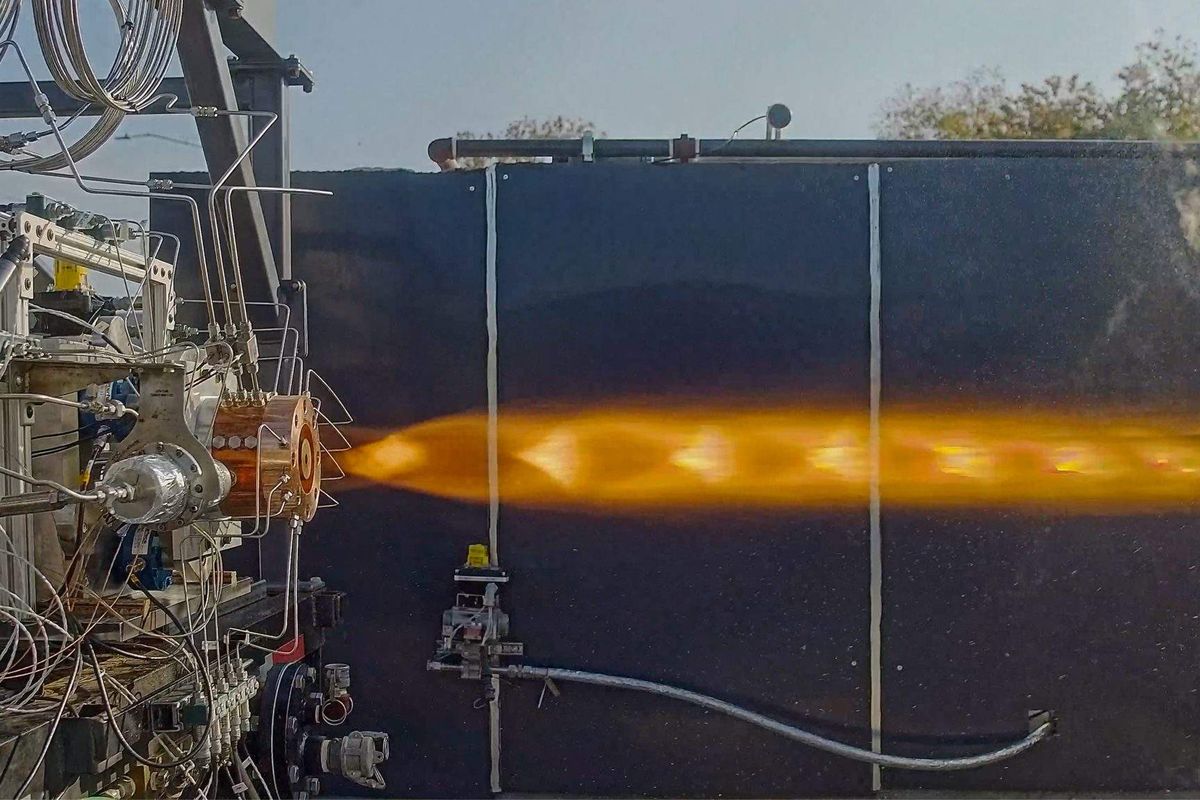Where do energy transition and life-saving medicine meet? In Texas, of course.
Energy Transfer, a Dallas-based midstream energy company, just donated $100,000 to Houston Methodist. The grant is part of a $200,000 gift that has spanned the past two years. The goal? To eradicate the neurological disorder, ALS (amyotrophic lateral sclerosis). There is currently no cure for ALS. For roughly 90 percent of patients, there’s no known genetic cause, meaning the disease can strike anyone.
Houston Methodist currently has numerous clinical trials taking place with the goal to slow or halt the progression of the degenerative ailment.
“Every dollar donated to ALS research is a beacon of hope for those battling the disease,” said Chris Curia, executive vice president and chief human resources officer at Energy Transfer. “Those affected by ALS deserve a chance at a better life. We are hopeful this donation brings us one step closer to a world without this disease.”
Houston Methodist is home to the first multidisciplinary care clinic for ALS patients in the region and is actively engaged in both clinical and basic scientific research to support people battling ALS.
“We appreciate Energy Transfer’s generosity in our efforts to improve the quality of life and to provide hope for ALS patients and their families. Their continued commitment to Houston Methodist’s ongoing ALS research is truly transformational,” says Stanley H. Appel, M.D., a pioneering neurologist at Houston Methodist whose lab focuses on neurodegenerative diseases, including ALS.
Energy Transfer’s gift will help to support one particularly promising trial of a combination therapy that is currently moving into Phase 2. In its first phase, the therapy was found to safely slow disease progression in four ALS patients over a six-month period. Those patients had no significant progression of their disease during the trial. Prior to receiving the therapy, each of the patients had reported declining abilities to perform daily tasks.
Energy Transfer’s good deed could mean the world not only to patients at Houston Methodist, but to ending ALS altogether.
------
This article originally ran on EnergyCapital.
- Houston Methodist signs on at new TMC Helix Park building ›
- Houston innovator powers health care innovation by collaboration — inside and outside of the hospital setting ›
- Houston Methodist reveals details of new $1.4B tower ›
- Houston hospitals soar on annual list ranking best in Texas ›
- Houston hospital system to open new innovative location ›
- Houston Methodist establishes new center focused on robotics, imaging ›
- Photos: Houston hospital opens tech hub in the Ion ›





 2025 Houston Innovation Awards winners revealed at annual eventThe 2025 Houston Innovation Awards winners have been revealed. Courtesy photo
2025 Houston Innovation Awards winners revealed at annual eventThe 2025 Houston Innovation Awards winners have been revealed. Courtesy photo